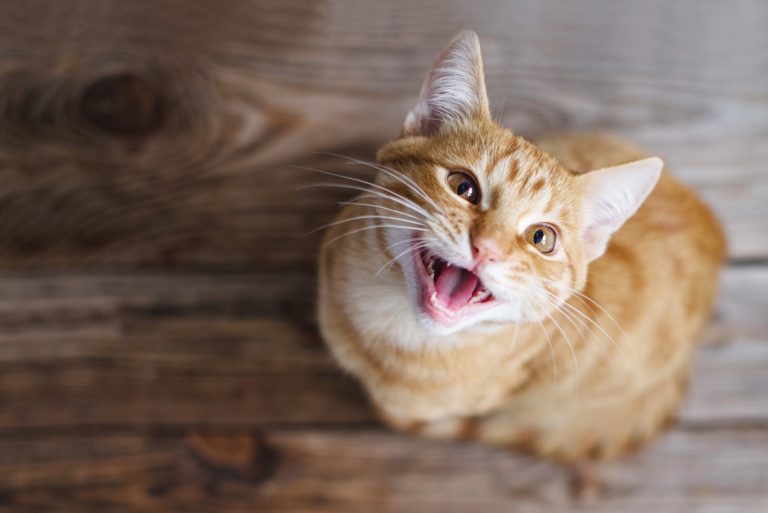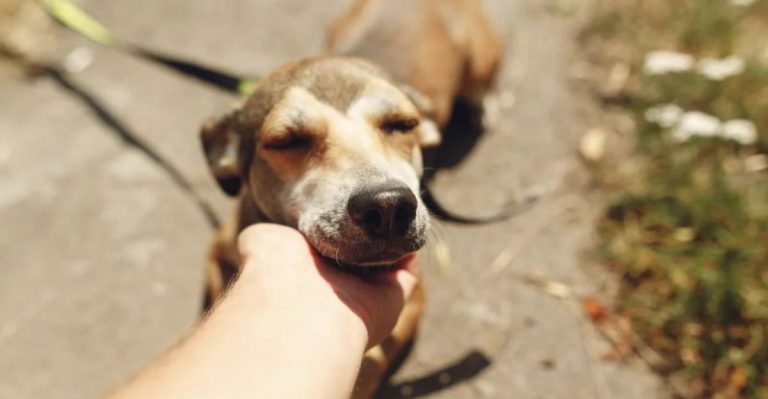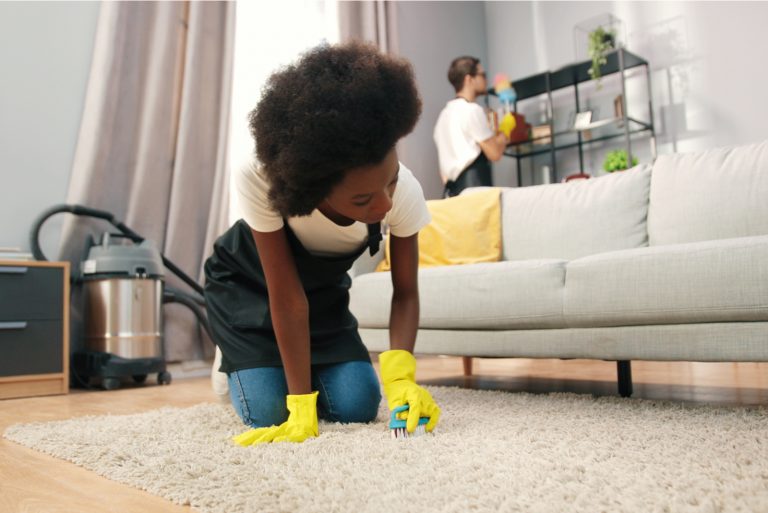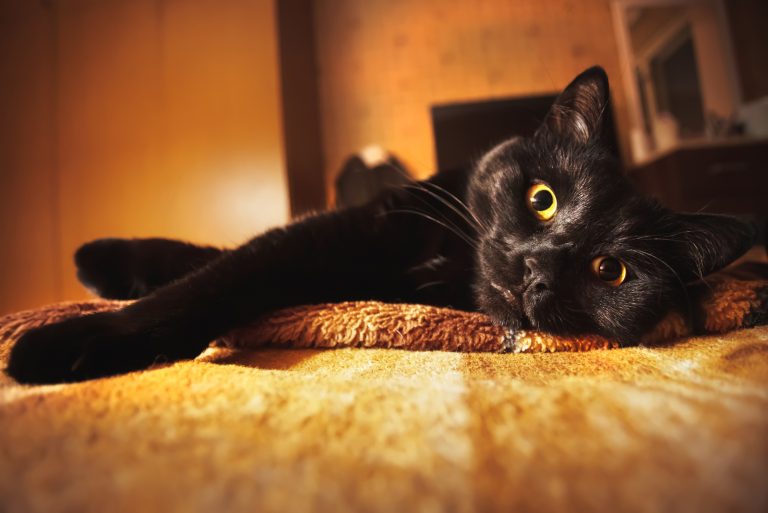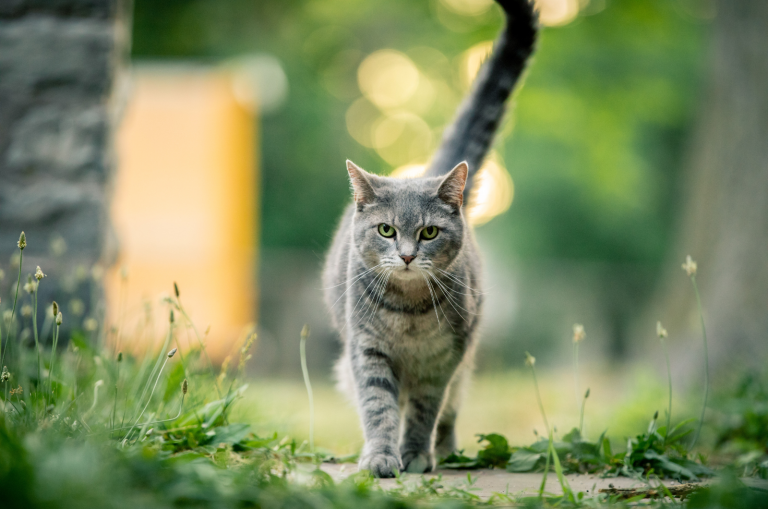10 Cat Sleeping Positions When Sick: Understand Your Feline
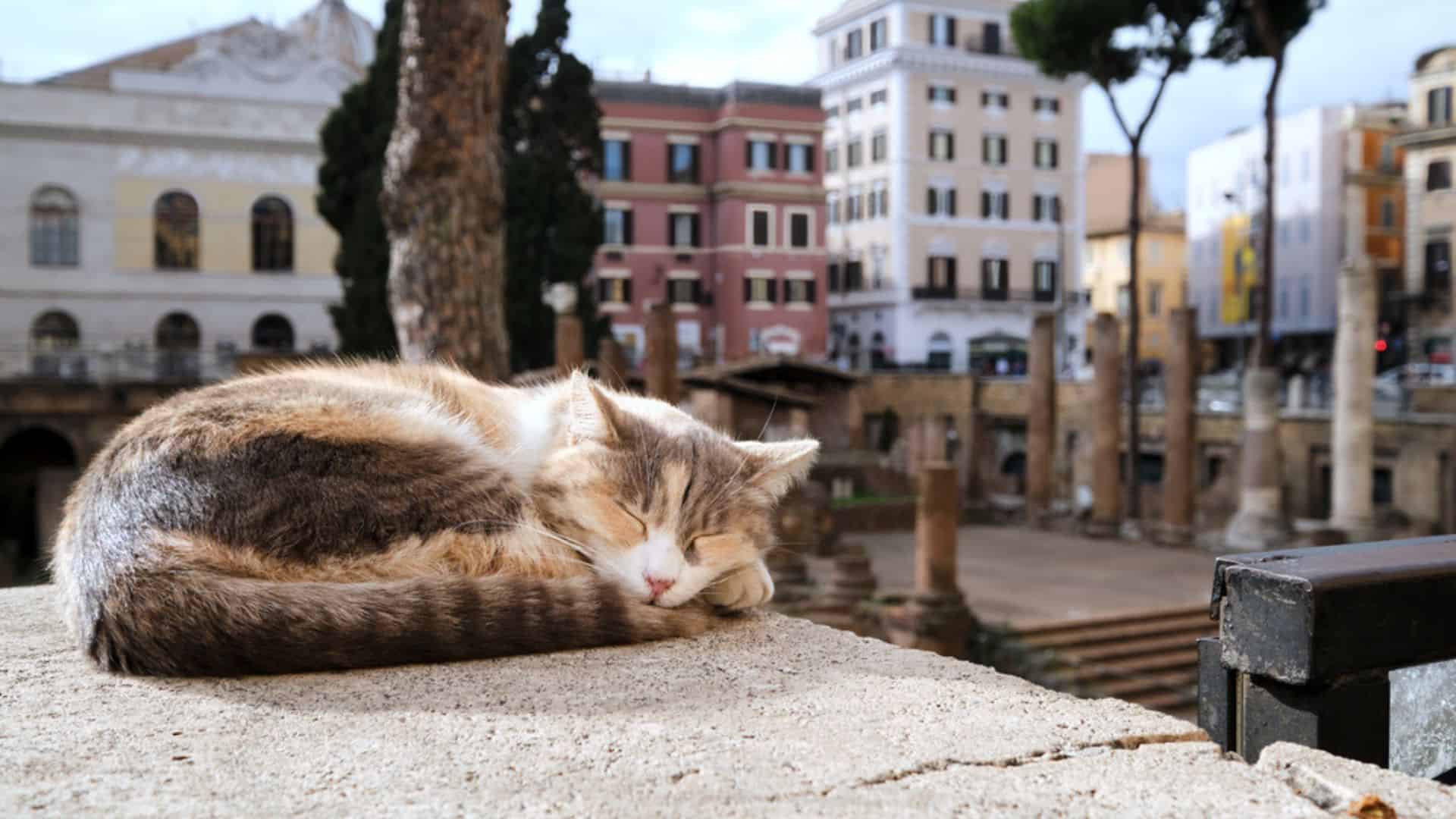
Our cat’s body language, especially its sleeping position, can tell us a lot about the cat’s health. Most of the cat’s sleeping positions when sick or in pain depend on the room temperature as well. You want to avoid the risk of hypothermia or hyperthermia as they can lead to a fatal end.
If you have a sick cat, besides its cat sleeping positions, you’ll be able to notice other signs and symptoms depending on the cause. For example, shallow breaths, decreased or increased appetite, your cat’s sleeping habits change, and so on.
I’ve got six cats, and trust me when I say I’ve seen all of the following sleeping positions. Sometimes they are totally harmless, but sometimes they indicate a certain disease.
Cat Sleeping Positions When Sick And What They Mean
We all know that cats curl their bodies up in the strangest positions. However strange these positions might seem to us, it appears that our feline friends are comfortable in them. Read on about the most common cat sleeping positions when sick or in pain.
1. The Cat Is Sleeping In A Loaf Position
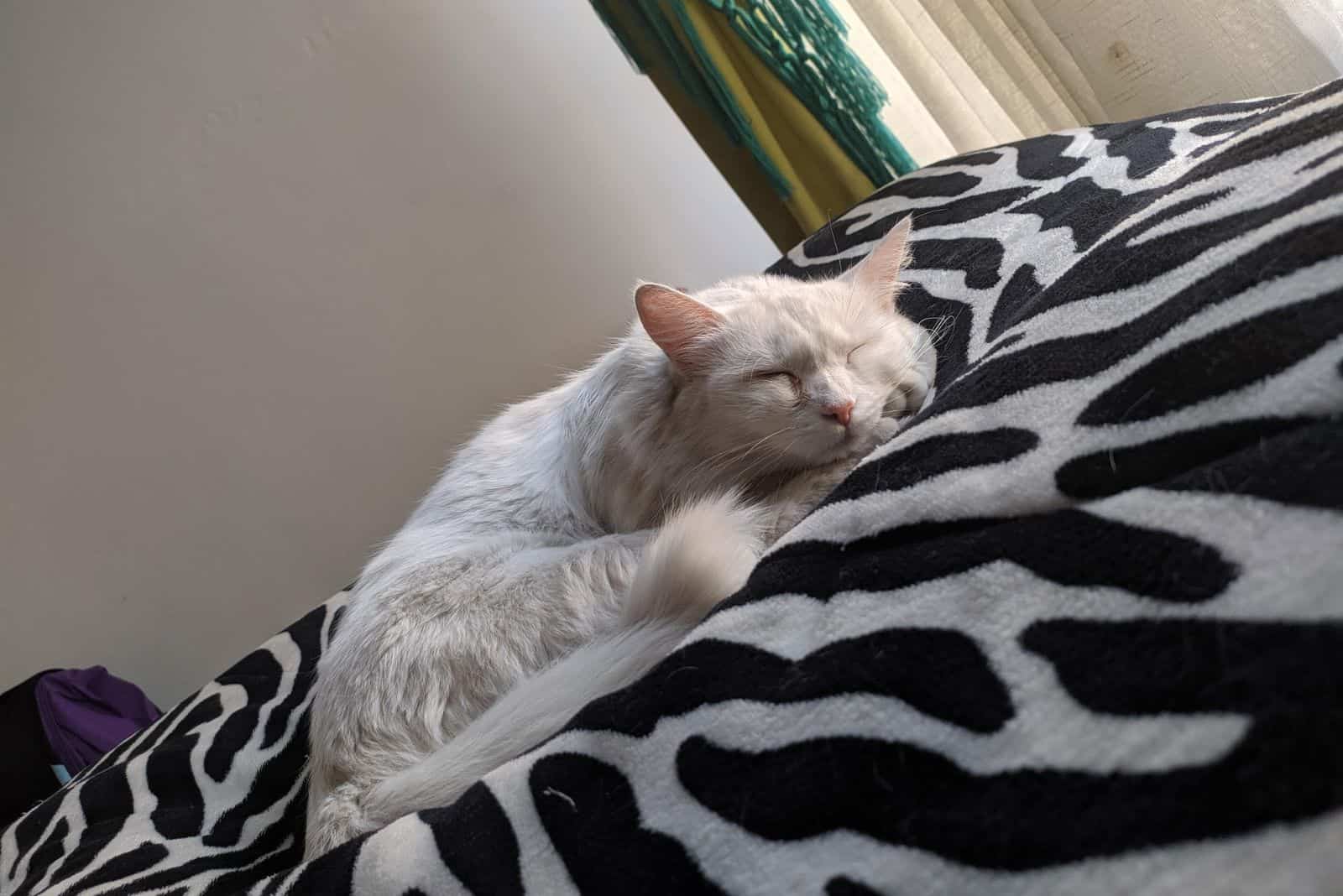
The famous cat loaf position is when a cat sleeps with its front paws and tail tucked under the body. This pose resembles a classic loaf of bread, hence the name.
The cat loaf position also makes your cat more vulnerable since it is difficult to get away if there is a threat, so this is a sign that your cat feels safe and comfortable.
However, your cat tucking its paws and tail under the body can also indicate there is pain, specifically in those areas.
Common problems that occur with cat’s paws include ingrown claws, overgrown claws, infections, and it can also happen that your cat breaks its tail. You first need to examine your cat’s paws and tail, and if you notice anything unusual, visit the vet.
See also: Best Advice For Dealing With Unhealthy Cat Claws
2. We Know The Classic “Loaf”, But Meatloaf?
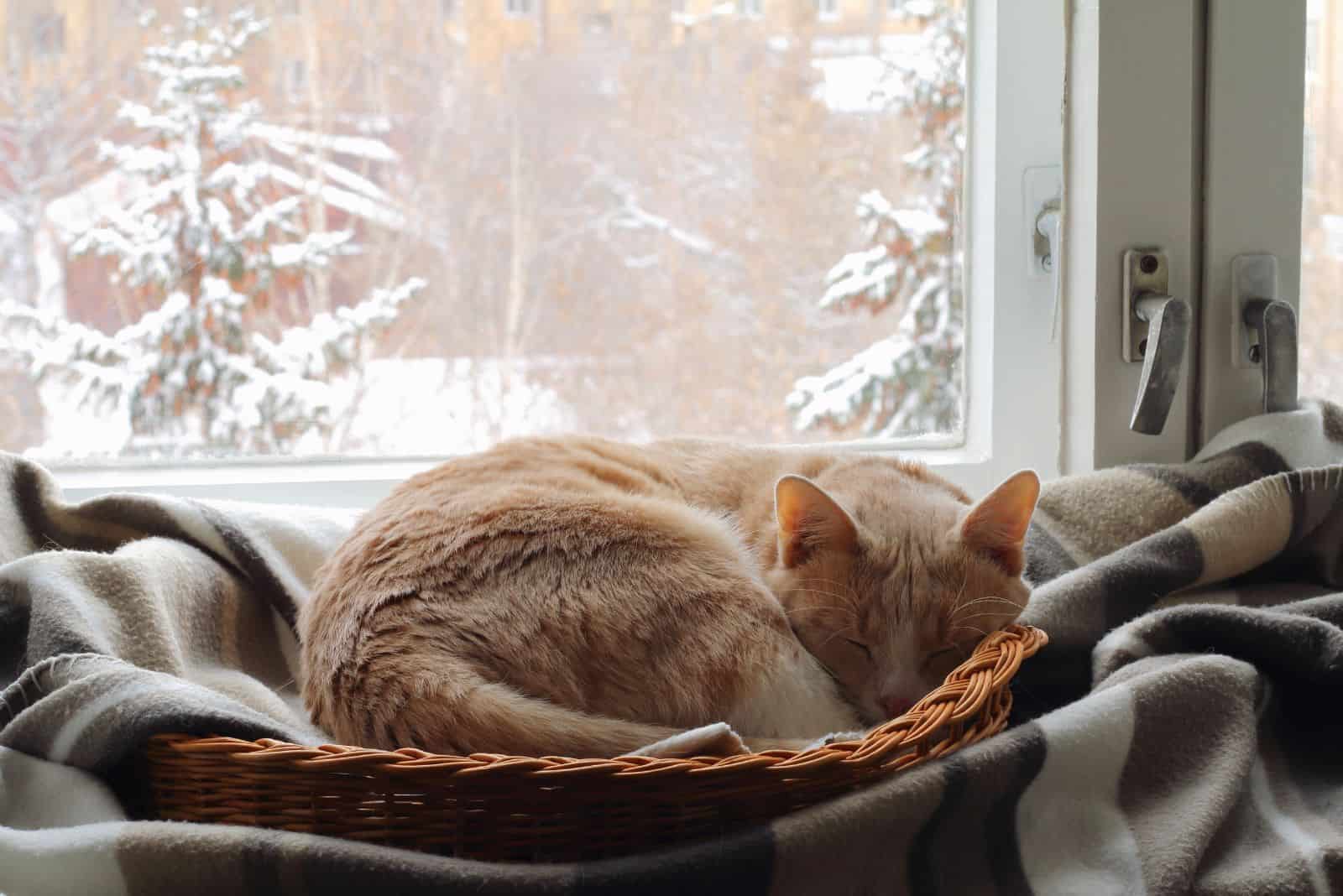
This “cat meatloaf” sleeping position is a mix of the “loaf” position, just in this position your cat’s head will also be down and its chin will be touching the ground.
Sometimes, these positions are just a sign of comfort and warmth, but other times they can indicate pain and sickness.
However, the meatloaf position always needs veterinary attention since it is almost always an indication of some kind of sickness. Dying cats tend to sleep in the meatloaf position, which is why you need to consult your vet if your cat does it.
The meatloaf sleeping position most usually indicates a CKD (feline chronic kidney disease), where your cat’s kidneys aren’t functioning as they should, and your cat may also show signs of lethargy or excessive thirst.
Unfortunately, there is no cure, and older cats are more predisposed to suffer from it. You still need to go to the vet and try the best therapy there is to make your cat’s life as good as it can be.
3. Your Cat Sleeps On Your Chest

Most cat owners love it when their cats come to sleep on their chest. How could they not? When a cat curls up and falls asleep on you, you feel loved, and, to be honest, I feel like the “chosen one”, hahaha.
Jokes aside, it is a wonderful feeling, but it can also indicate there’s something to worry about. If your cat falls asleep on your chest, it can also indicate that it is cold. Our bodies are warm, and cats use our body heat to heat themselves.
Always check the temperature of your house and keep it warm enough to avoid the risk of hypothermia. However, this can also indicate that your cat isn’t feeling safe on its own and therefore needs to lay on you to feel protected.
Especially if you own more cats, as I do, your cat may crawl up and sleep on your chest to be closer to you and not let other cats “know” that it is ill.
4. Your Cat Is Side-Sleeping
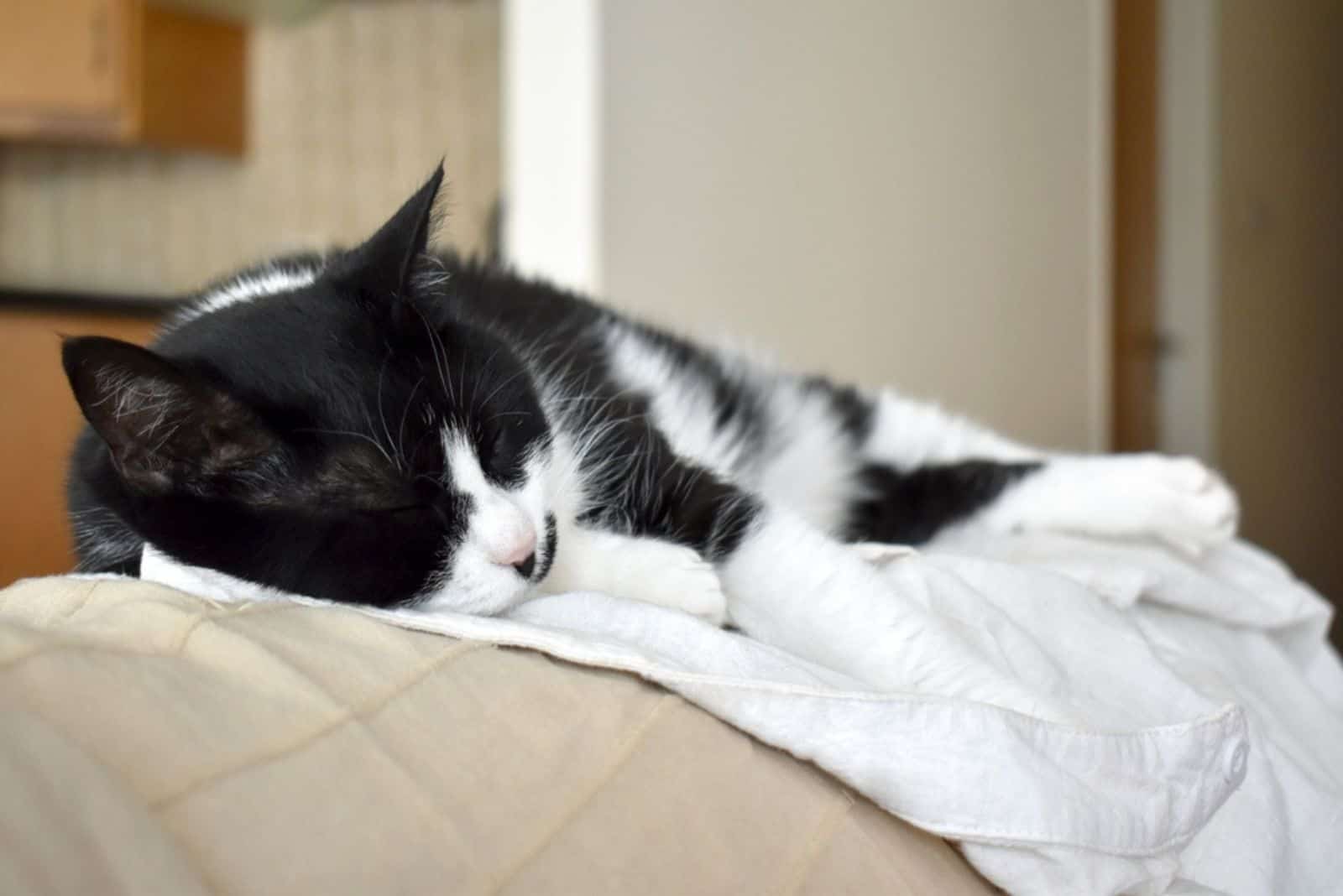
It is mostly good when cats sleep on their side. Their body temperature is probably good since they aren’t curling or stretching out, and they most likely feel safe and comfy (because side-sleeping is quite a vulnerable position for cats).
Your cat sleeping on its side may indicate muscular pain or difficulty breathing. Any other position that involves curling up may compress your cat’s lungs and make it difficult to breathe while stretching and laying on their side allows them to breathe more easily.
If your cat has trouble breathing, you will also hear wheezing and loud, deep breathing. Your cat could also pant because it’s unable to breathe properly through its nasal passages, and you can also notice it is significantly less active than usual.
Call your vet and discuss your cat’s situation if you notice any of these signs and behavioral changes.
5. Cat Curled Up Like A Ball, Aka Fetal Position
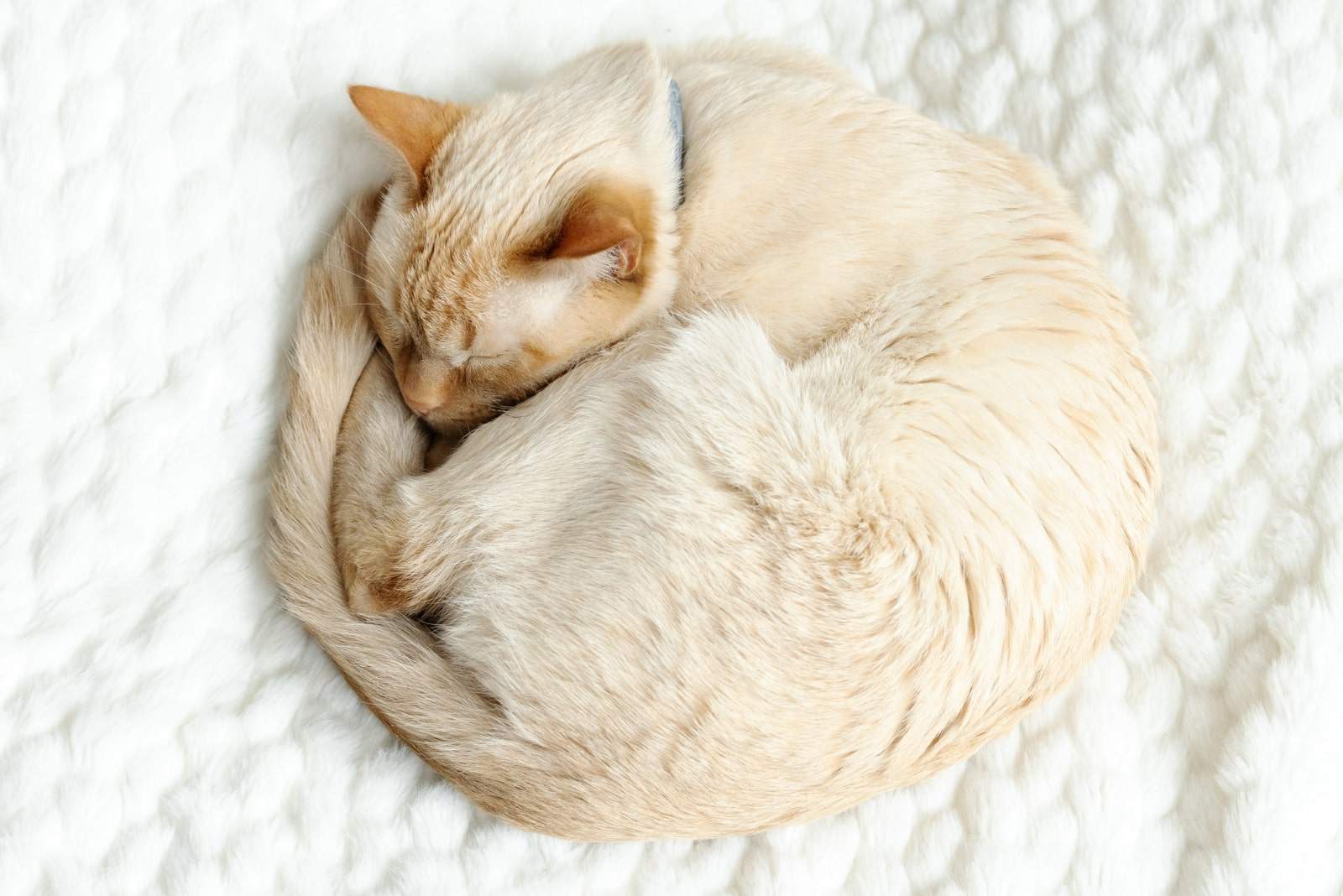
Seeing your cat curled up and sleeping is the most common cat sleeping position you’ll see when your cat is sick. This position is simply the most comfortable for our cats, and many cat owners claim that it is their cat’s favorite sleeping position.
When your cat is curled up, it is not only comfy, but they’re also warm because they tuck in its ears and paws closer to its body, and it keeps its warmth.
Sometimes your cat will have its head tucked into its chest, forming the perfect tight ball, resembling the human fetus pose. This position may also be a sign that your cat’s body temperature has dropped.
Cat’s Body Temperature
Cats generally have a higher body temperature than people, it is approximately 100 degrees Fahrenheit. Because cats can’t regulate their temperature as easily as us, they can quickly get cold or too warm.
Your cat’s body temperature will drop and drop until it’s very low. You must keep your cat warm, or this might lead to serious consequences.
6. Your Cat Sleeps On Its Back Like A Human

Affectionate cats tend to lay on their backs and sleep in the cutest position possible, resembling us.
This position can also indicate that your cat is vulnerable and it sleeps this way because it can jump up and protect itself in no time, with its claws and teeth ready for action.
Another reason for this sleeping position can be that your cat is too hot and is lying outstretched like this to cool off. Check your cat’s body temperature because you don’t want it to suffer from hyperthermia either.
This can cause severe damage or even lead to death if not resolved. If your cat suffers heat stroke, you will also notice red gums, panting, exhaustion, and sometimes even diarrhea.
If you notice this, lower the temperature in your home and encourage your cat to drink water. You can also pet and stroke your cat with a damp cloth and visit the vet in the case of more severe signs, like diarrhea or sickness.
7. Your Cat Lying Flat On Its Stomach
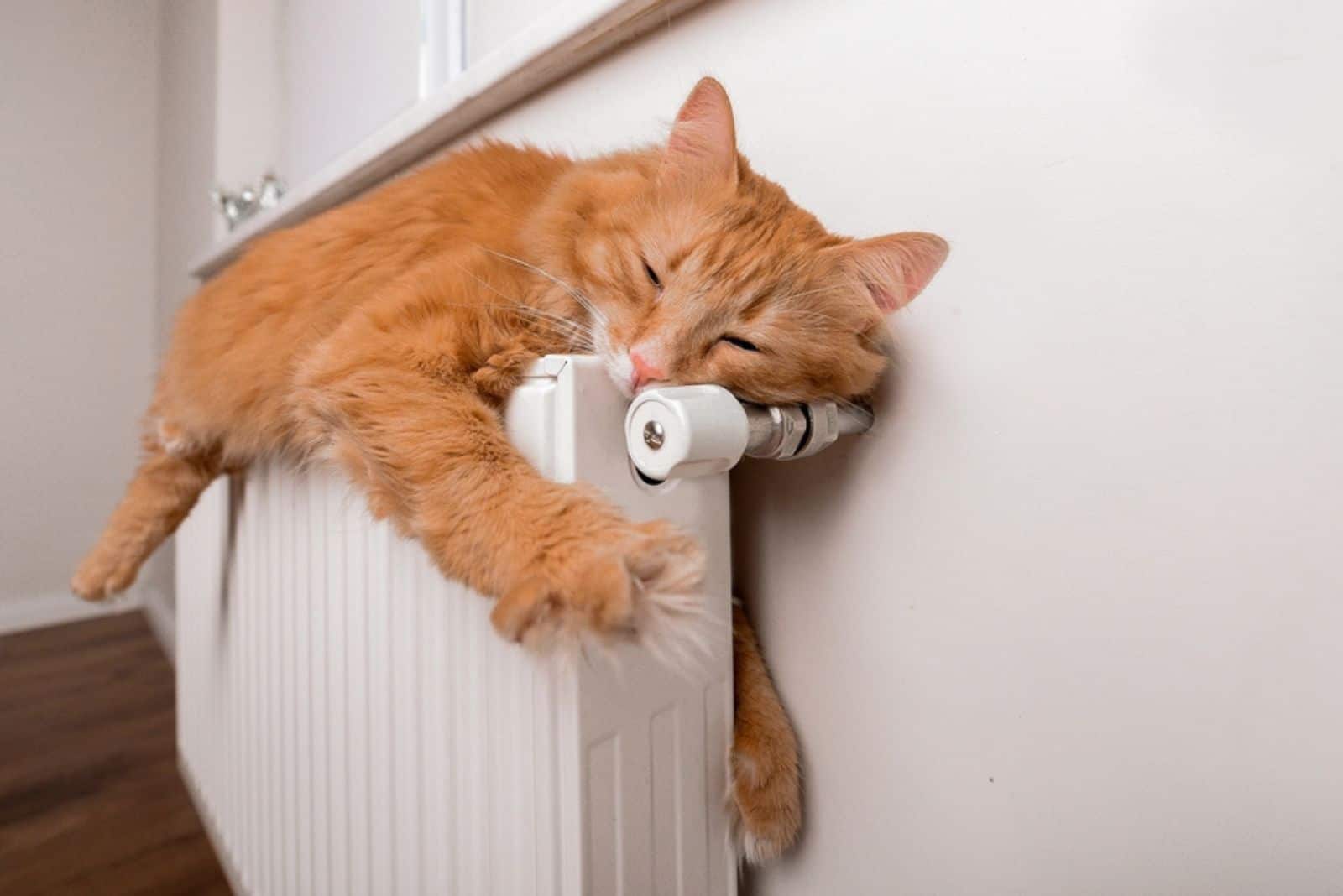
It is more common for dogs to lie down stretched out with their front and back paws stretched out as well. However, some cats also tend to do this. This position is great for their hip joints, plus it looks incredibly cute to us.
Lying flat on the stomach helps cats to cool down. Pressing their stomach against a cold floor is the best way to cool down during a hot day. However, you need to pay attention and be sure that your cat doesn’t suffer from a heatstroke.
8. Sleeping Flat In A Flying Position
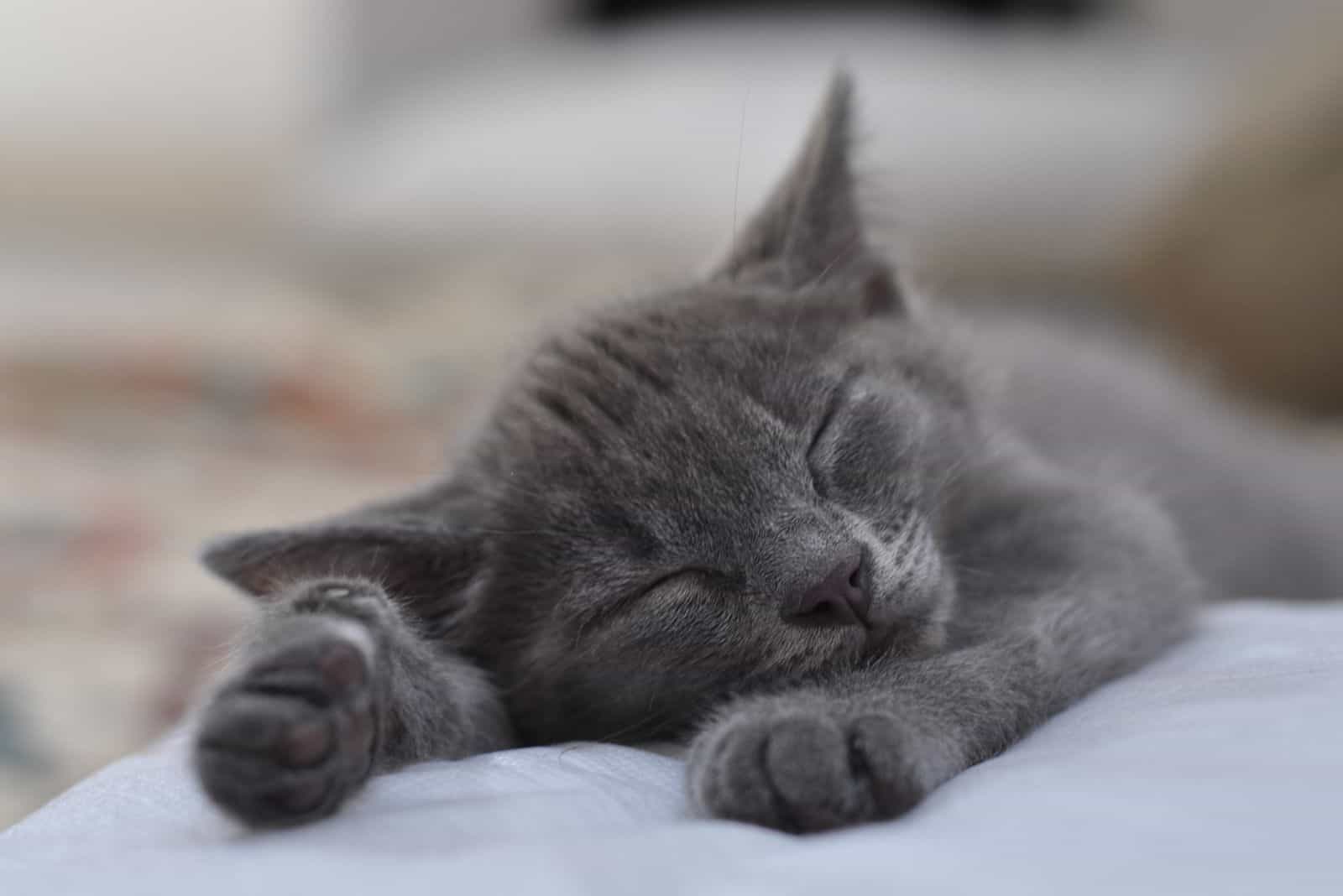
When cats sleep on their bellies, they usually stretch out their front paws, which makes them look like they’re flying, like Superman. Just like the other positions on this list, it doesn’t necessarily mean that your cat is ill, but it can be an indication of an illness.
If your cat has its paws divided and stretched out, it can be an indication they are ready for a quick and easy escape. If there is a threat, your cat can easily get up from this position and run.
9. Cats Can Sleep With Their Eyes Open

Sometimes, you can spot your cat sleeping with open eyes. As incredible as it sounds, cats are natural predators, and they stay alert even during their nap times. You’ll also notice a transparent third eyelid showing.
This means that your cat is paying attention to its surroundings, even in its sleep. You may also notice your cat sleeping with one eye open, and to me, this is the most extraordinary thing when it comes to cats and sleeping.
It is called unihemispheric slow-wave sleep, which is an incredibly intelligent ability cats (also birds and some aquatic mammals) possess.
This ability allows your cat to shut down the side of its brain, which is connected to its closed eye, and the other half, with the open eye, is completely alert and conscious.
However, whilst you admire this, you must also pay attention that there is no underlying condition causing this sleeping position.
Eye Infections Or Conditions
Sometimes cats sleep with their eyes open because there is some kind of issue preventing them from closing their eyes normally. Or they could be sleeping with one eye closed because it is painful to keep it open.
You will most likely notice this if your cat keeps its eye closed during the rest of the day after its nap. Your cat might also have swollen or red eyes, it might be blinking too much or have eye discharge.
Urinary Infections
Cats that suffer from UTIs or even breathing difficulties will sleep with one eye open to ensure they can get up and reach the litter box quickly, or they can control their breathing. If you suspect any of these issues, schedule a meeting with your vet.
10. Cats Sleeping Together
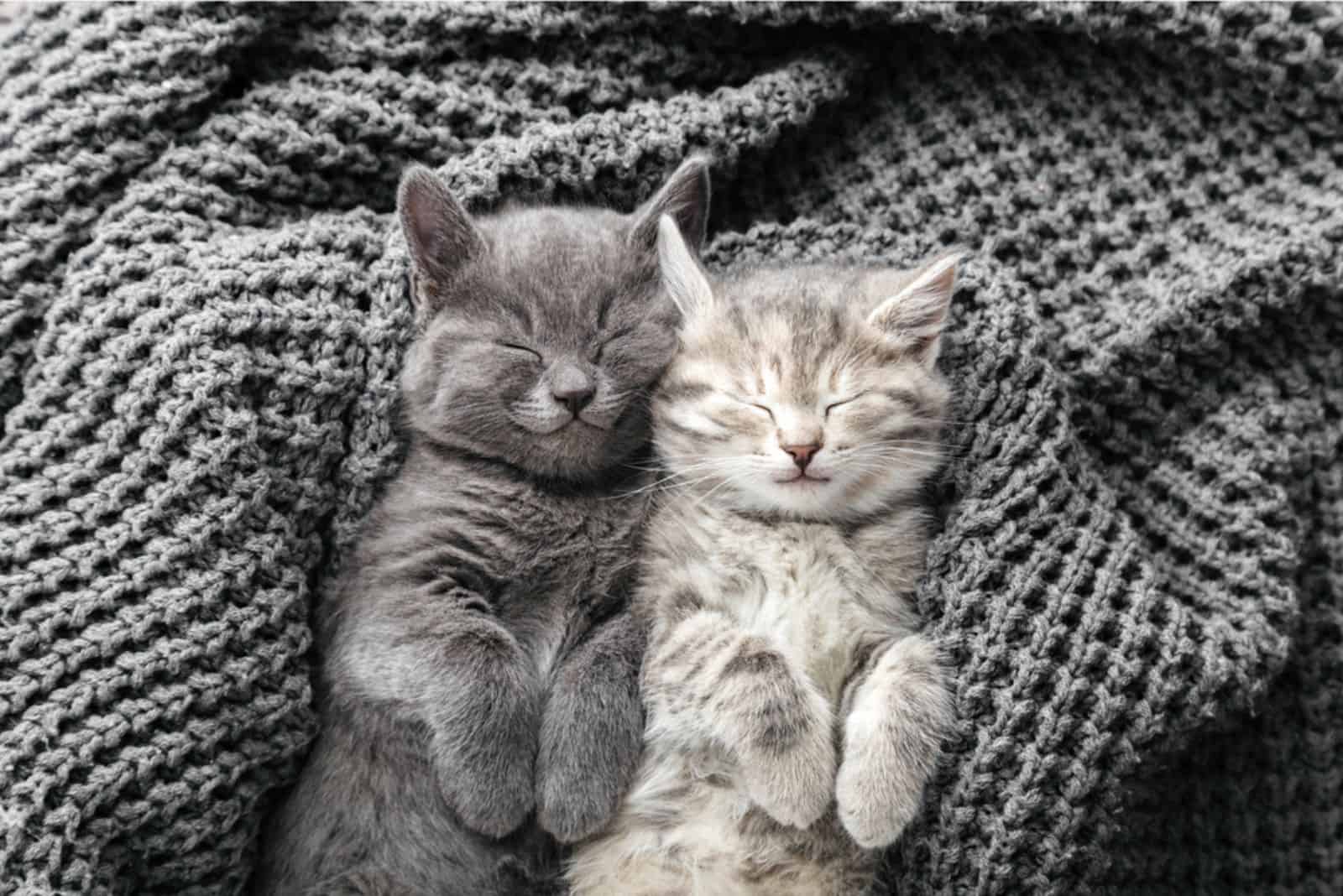
This one is not a position, but I have to mention it. If you own multiple cats, it is very likely they’ll sleep together, and your first thought will be, “oh, how cute!” I should know!
However, if you notice that one of your cats is asleep and the other one is fully awake, there is probably an underlying issue that needs to be dealt with.
Sometimes it can be as harmless as your cat simply needing the protection of others, or it may be that the sleeping kitty is ill and needs comfort from the other cat.
Check out: 6 Cat Sitting Positions Meaning + Other Cat Poses
Other Signs That Can Help To Understand When Your Cat Is Sick
Besides common sleeping positions that can indicate sickness, the following are the most common signs that will appear if your cat is sick.
These are some general signs that will lead to some more specific symptoms of your cat’s condition but can be helpful in determining when to go to the vet.
Your Cat Is Not As Active As It Usually Is

Lethargy and weakness is frequently an indication of a health problem in cats. You might notice your cat isn’t as playful as it usually is or that it is sleeping a lot more than usual.
The most common cause of this can be a fever, some kind of infection, or general illness. Your cat’s immune system is trying to fight off the infection or inflammation, and all your cat’s energy is used up.
This is why your cat doesn’t have the energy for anything else. However, your cat’s lack of energy may be caused by pain. Cats that suffer from arthritis are less active because it hurts to play or jump.
Cats that have some kind of injury also move less and may appear to be in pain while they’re jumping or walking. You should pay attention to your cat while it is walking to see if there are signs of limping and if you notice anything strange, consult your vet.
Your Cat’s Grooming Habits Change
All felines enjoy grooming themselves and are known to be very clean animals. So, naturally, when your cat stops grooming itself, it is clear that something isn’t right.
Lack of grooming is frequently caused by your cat feeling stressed or sad, but it can also be a sign of something more severe. When older cats stop grooming, it might indicate that they’ve developed arthritis.
Grooming might cause them a lot of pain, so they simply stop doing it. Lack of self-care may also be a sign of dental problems. Cats groom themselves using their mouths and tongues, so if there is a dental issue present, grooming is painful.
Other signs of dental issues can include cats rubbing their teeth against things, not eating their dry food, loss of appetite, or bad breath. Read more about it in How To Deal With Cat Teeth Tartar And Other Dental Diseases.
Issues With Litter Box Usage
There are numerous litter box issues that could arise, as well as a long list of potential health issues that can be connected to litter box issues.
If your cat stops using its litter box, in the case of arthritis, for example, when it’s too painful for it to climb in and out of the box, you can buy a different litter box that has lower sides and is easier for cats to climb in.
Additionally, if your cat’s paws are injured in any way (there may be something stuck in between its paw pads, or it may have ingrown/overgrown nails), it may be hard for your cat to walk on the litter.
Senior cats may have dementia, and they could forget where the litter box is. Also, if your cat is using its litter box more frequently than usual, it may be experiencing UTIs, diabetes, or kidney disease.
Your cat could also suffer from urinary obstruction or cystitis if it is infrequently peeing. You will notice other signs of sickness as well, but it’s best to consult the vet and determine the exact cause of your cat’s change in litter box habits.
You might also benefit from reading: Best Cat Litter For Heavy Urination + Helpful Health Tips
Your Cat’s Appetite Changes
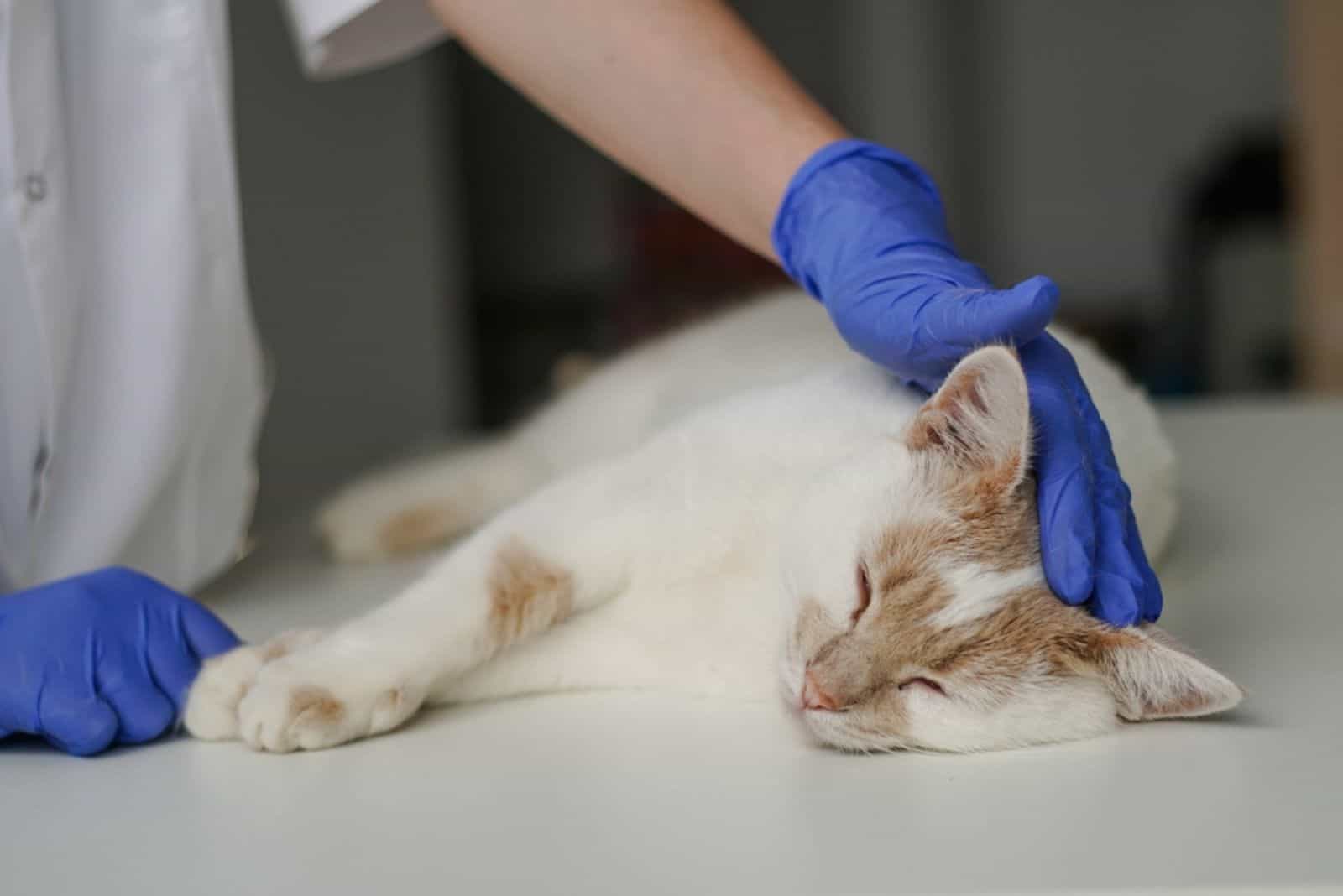
If you didn’t change your cat’s diet or feeding schedule, and you notice that there’s a difference in their appetite, there is most probably an illness involved.
A sudden increase in appetite usually indicates hyperthyroidism or diabetes and is accompanied by significant loss of weight and excessive thirst.
In the case of appetite loss, there will probably be some kind of infection, kidney failure, intestinal problems, or even cancer. Your cat could also lose its appetite due to dental problems because if eating is painful, your cat probably won’t want to eat.
Excessive Thirst
Cats don’t tend to drink much water in general, and many cats need to be encouraged (one way or the other) to drink more water. In case your cat begins to drink excessively, this is not normal cat behavior, and it is most probably a sign of illness.
As I already said, excessive thirst is usually a sign of diabetes or hyperthyroidism, but it can also indicate kidney diseases. On the bright side, however, excessive thirst can also mean that your cat is simply thirsty and needs to hydrate.
However, if you suspect that something isn’t right, it’s best to visit the vet and be sure.
Excessive Vocalization
Cats rarely meow for no apparent reason, they only meow to people, so when you hear a meow, know that your cat is trying to talk to you. My cats meow for food, if the door to their litter box is closed, or believe it or not, even for cuddles.
My oldest cat mostly meows for cuddles, I guess he just loves to cuddle more than anything else. However, excessive vocalization (be it meowing or yowling) is most usually your cat’s way of saying “I am sick” or a way to indicate pain.
You can sometimes even hear your cat’s purring for no reason, and if you try to pet it, it may even growl or hiss.
In case your cat exhibits any unusual vocalizations, consult your vet to diagnose if there is an illness or perhaps even an injury that is causing your cat to behave like this.
A Noticeable Change In Personality
Every cat is unique, and every cat has a specific personality. Discerning cats by their breed, we know that cat breeds share some personality traits, but every individual cat is different. Some cats are bold, while others are more reserved.
It is natural for each cat to be unique, but if there is a sudden personality change, you should consider it a serious matter.
If your cat is normally confident and extroverted and is suddenly hiding away in an enclosed space or it seems shy, it is very likely that your cat is stressed, most probably due to some kind of change in its environment.
However, your cat can also be anxious or sick at the same time. A change in personality often includes behavioral changes, and a common indicator that something is wrong with your cat is aggression.
If your cat hisses and growls at you and tries to bite or scratch, it is most probably in pain.
This type of behavior is intended to discourage you from touching or picking the cat up because your cat is in pain and feels that if you touch it, it can only worsen the pain.
Your Cat’s Eyes Change
You can learn a lot about your cat’s well-being by looking into its eyes. Cats’ pupils, for example, dilate when your cat is happy or playful. However, your cat’s pupils will be dilated permanently if it is in pain.
Unfortunately, this warning sign isn’t always present in the case of an illness. Your cat’s pupils can be dilated due to a side effect of a certain medication, anxiety, or if there is an ongoing eye illness.
Whatever is causing it, you should have it checked out. Other eye changes that may occur when a cat is sick include droopy eyelids, excessive blinking or squinting, and excessive eye discharge.
All these symptoms can indicate eye infections or conditions that need to be addressed as soon as you notice them to avoid further complications and blindness.
Final Thoughts
I hope you’ve got your answers and that you’ve learned something from this brief article explaining what the different cat sleeping positions when sick or in pain can include.
Whether your cat is in deep sleep or taking a brief nap, its sleeping position can tell you a lot about its health and overall state. Is your cat anxious? Is it hurting? Cats will most often conceal their pain, but they can’t hide their body language.
Your cat’s behavior and body language will reveal the truth, and as soon as you notice something is different, you’ll know how to react.
If you’re not sure everything is ok, always consult your vet! It’s always best to be sure than to face unnecessary harmful consequences.
After your vet establishes the cause of your cat’s changed sleeping habits, you’ll be able to cure it if there is an underlying problem. Then you’ll continue enjoying the adorable sight of your cat loafing or curling up beside you.

